MECHANIC FALLS — Here’s your earworm:
“There’s a stretch of road up north in Maine / that’s never ever, ever seen a smile …”
The man who recorded “A Tombstone Every Mile” — a song about truckers hauling potatoes down “a ribbon of ice” in The County — knew what he was talking about.
Dick Curless, a native of Fort Fairfield, drove a logging truck during a break from his music career in the 1950s.
In 1978, he was among the first three to be inducted into the Maine Country Music Hall of Fame, where he smiles down from a plaque on the wall, a patch over his right eye.
He wore the iconic patch when performing because of a bad eye, said Ken Brooks, chairman of the Maine Country Music Hall of Fame and Museum Board of Directors.

Dick Curless, a Fort Fairfield native, was one of the first three to be inducted into the Maine Country Music Hall of Fame and Museum in Mechanic Falls. Daryn Slover/Sun Journal
The 3,000-square-foot museum holds thousands of memorabilia and more than 150 plaques and biographies of inductees, “the best of the best,” Brooks said during a recent tour.
The hall of fame was founded in 1978, followed by the museum in 2008. It is the only physical country music museum east of Nashville.
“Maine has a long tradition of country music,” Brooks said during a recent tour. “Maine has been in the forefront of the country music genre since its beginnings.”
The first live performance of country music took place in Maine, “not Nashville,” he said. The show was held in Bangor in 1938 and was broadcast coast to coast by radio.
The museum is housed in the basement of the Silver Spur dance hall and holds more than 100 years of history, artifacts, and memorabilia, Brooks said. Most of the items have been donated by the hall of fame inductees or their heirs.

Ken Brooks, left, of Athens, talks recently with David Thibodeau of Hallowell at the Maine Country Music Hall of Fame and Museum in Mechanic Falls. Thibodeau’s father, Sam Tidwell, was inducted into the hall as was Brooks, in 2012. Brooks is chairman of the museum and hall of fame’s Board of Directors. Daryn Slover/Sun Journal
“Within these walls are stories of young people who followed their dreams and became some of the best performers on the national and international scene,” Brooks says in a virtual tour recorded in December 2020.
The stories are seen in the bios, the collections of photos, posters, albums and 45s. The suede, the fringe, the sequins. Ruffles and velvet. Brocade and embroidery. Autographed guitars. Boots, hats, costumes, banjos, fiddles. Thick binders hold pages and pages of photos and life stories.
Only the most talented and deserving get inducted, Brooks said.
Even if you’re not a country music aficionado, many of the musicians are likely familiar to you: Slim Clark, Jud Strunk, Mellie Dunham, Malinda Liberty, Bing and Nancy Crosby, Stan Keach, and David Mallett, to name a few.
Every year since 1978, the board has voted in one or more Maine country music artists, performers or promoters to the hall of fame.

The Maine Country Music Hall of Fame and Museum is located at 272 Lewiston St. in Mechanic Falls. Daryn Slover/Sun Journal
That first Class of ’78 included Hal Lone Pine and Ken MacKenzie, in addition to Curless, who had 22 hits including a top 5 on the country charts in 1965 with “Tombstone Every Mile.”
When he returned to the music scene in the 1960s, he became known as the master of truck-drivin’ songs. He toured with the Buck Owens show and became an international star.
Hal Lone Pine, aka Harold Breau, was born in Pea Cove, a neighborhood of Old Town. His voice on a recording of “Prince Edward Island is Heaven to Me” evokes Hank Williams, a little bit twang, a little bit croon.
Lone Pine has his own space in the museum. The room features a carved sign that reads “Lone Pine Radio Ranch” and sparkly stage costumes stitched and worn by his wife, recording artist Betty Cody, who apparently was quite petite.
Cody, born Rita Cote, moved from Sherbrooke, Quebec, Canada, to Auburn at the age of 9 months.
She gave her first professional performance at age 15 on WCOU, a radio station in Lewiston, Brooks said. She went on to record music for RCA. Her career spanned nearly 50 years. She was inducted into the hall of fame in 1979.

Betty Cody’s tape “Singin Again” is displayed at the Maine Country Music Hall of Fame and Museum in Mechanic Falls. Daryn Slover/Sun Journal
Lone Pine and Cody are the parents of musicians Lenny and Denny Breau, who were inducted in 2004 and 2005, respectively.
Lenny Breau was a virtuoso jazz guitarist considered by some, including Chet Atkins, to be the best guitar player in the world. Breau used a seven-string guitar and approached it like a piano, blending jazz, country, classical and flamenco.
He was found drowned in his swimming pool in Los Angeles in 1984.
Younger brother Denny Breau, known as the “Maine Guitar Slinger,” is still performing. “He worked hard to perfect his talent and is considered one of best guitarists in country,” according to hall of fame inductee Slim Andrews.
Andrews, a co-founder of the Maine Country Music Hall of Fame, began his musical career in 1942 at age 11 when he won a talent contest at the Community Theatre in Auburn.
In a virtual tour of the hall of fame and museum, he calls the exhibit a “beautiful, beautiful display.”

Hal Lone Pine and Ken MacKenzie are inductees of the Maine Country Music Hall of Fame and Museum in Mechanic Falls. Daryn Slover/Sun Journal
Andrews credits Maine’s deeply embedded country music tradition to the Appalachian Trail. The trail stretches from northwest Georgia to Mount Katahdin.
“It’s why our people and performers over the years created a tremendous background to the country music scene nationally and internationally,” he says in the video.
It’s the rural connection, according to “The Hillbillies of Maine: Rural Communities, Radio and Country Music Performers,” included in the Maine history archives, digitalcommons.library.umaine.edu.
Country music developed in the rural Southeast and came to Maine in the 1930s via radio.
“Hillbilly” was a term “used with both disdain and pride, depending on the user,” according to the article. “Its associations represent part of the larger tension between urban life and rural culture in the early 20th century.”
The fiddle was the instrument of choice for early Appalachian musicians who came from England, Scotland and Ireland. String bands including guitars and banjos followed.

Jane Brooks of Athens was inducted into The Maine Country Music Hall of Fame in 2019. She was recently at the Hall of Fame and Museum in Mechanic Falls. Daryn Slover/Sun Journal
“Hillbilly music was well-adapted to Maine’s economy and its culture,” according to the historical article.
Country music was closely tied to bluegrass, which features fiddles and banjos, Brooks said. The first bluegrass festival in Maine was held in 1972 in Phippsburg, he said.
Brooks is a member of the Katahdin Valley Boys, an award-winning bluegrass band. He and his wife, Jane Brooks, perform vintage acoustic music including folk, bluegrass, gospel and classic country. Both grew up in the town of Robbinston in Washington County. They now live in Athens and perform throughout the area.
Ken was inducted into the hall of fame in 2012. Jane, who plays stand-up bass and sings, was inducted in 2019.
During a tour of the museum, Ken, also an artist who draws graphite pencil scenes, showed off the guitar he designed and mostly built. The body is rosewood, the inlay is mother of pearl and abalone.

Slim Clark is an inductee of the Maine Country Music Hall of Fame and Museum in Mechanic Falls. Daryn Slover/Sun Journal
Country music historically is about storytelling, Ken said.
“It’s always been about stories, of the workingman, love lost and won, comedy sometimes, and gospel and a combination of those things and bluegrass,” he said. “But they all tell some kind of a story.”
But Ken and Jane Brooks have said that they and many other older country musicians are worried the classic songs they love may disappear if a new generation isn’t encouraged to learn and play classic country.
His advice to young people is to find musicians who are better than yourself and learn from them. After more than 50 years as a performer, he still wants to learn,” he said.
“I love getting on stage with guitarists better than me,” he said. “I like to absorb it all. You should always admire other musicians and always be respectful to those better than you.”
And don’t give up on your dreams.
“Maine is full of people who have dreams,” he said. “Are you one of them?”

The Lone Pine Mountaineers with Auburn’s Betty Cody and Hal Lone Pine, circa 1940. Courtesy of the Maine Historical Society and Maine Memory Network
Upcoming events
Coming up at or related to the Maine Country Music Hall of Fame and Museum in Mechanic Falls:
March 8 to Dec. 28: “Music in Maine”; at the Maine Historical Society, 489 Congress St., Portland. The Maine Country Music Hall of Fame and Museum will be part of the exhibit.
Sunday, April 21, 1-4 p.m.: Hall of Fame fundraiser, “Unplugged” show at the Irving Tanning Community Center, 62 Elm St., Hartland. FMI: 207-613-5411.
Sunday, May 19, 1-4 p.m.: Hall of Fame induction ceremony and show (Hall of Fame house band will play); at the Silver Spur, 272 Lewiston St., Mechanic Falls. $15. FMI: 207-613-5411.
Copy the Story LinkSend questions/comments to the editors.




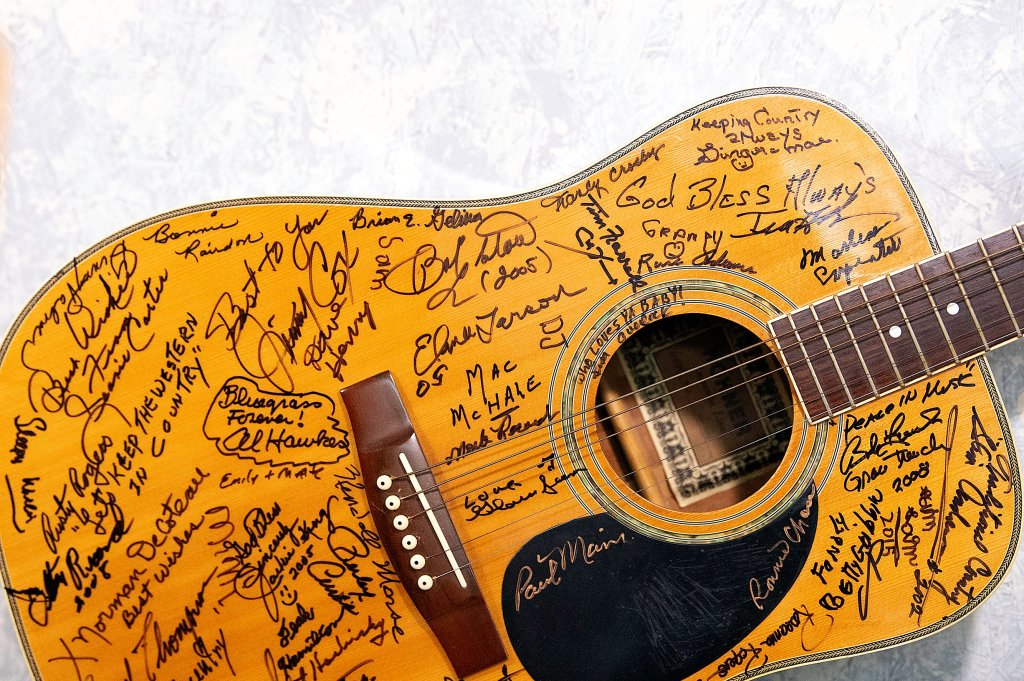


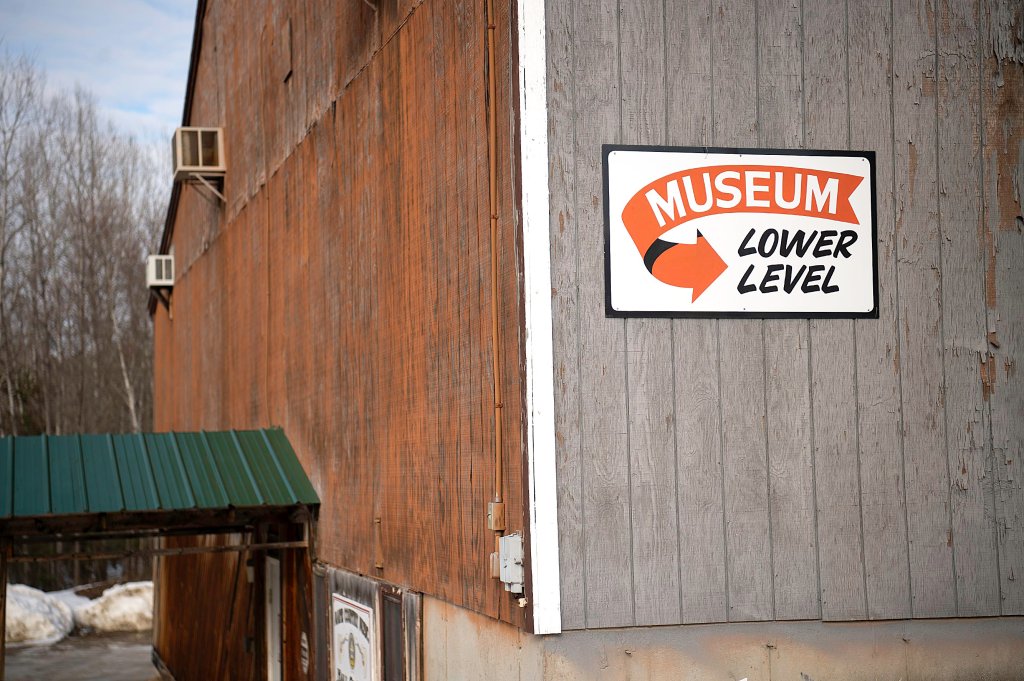


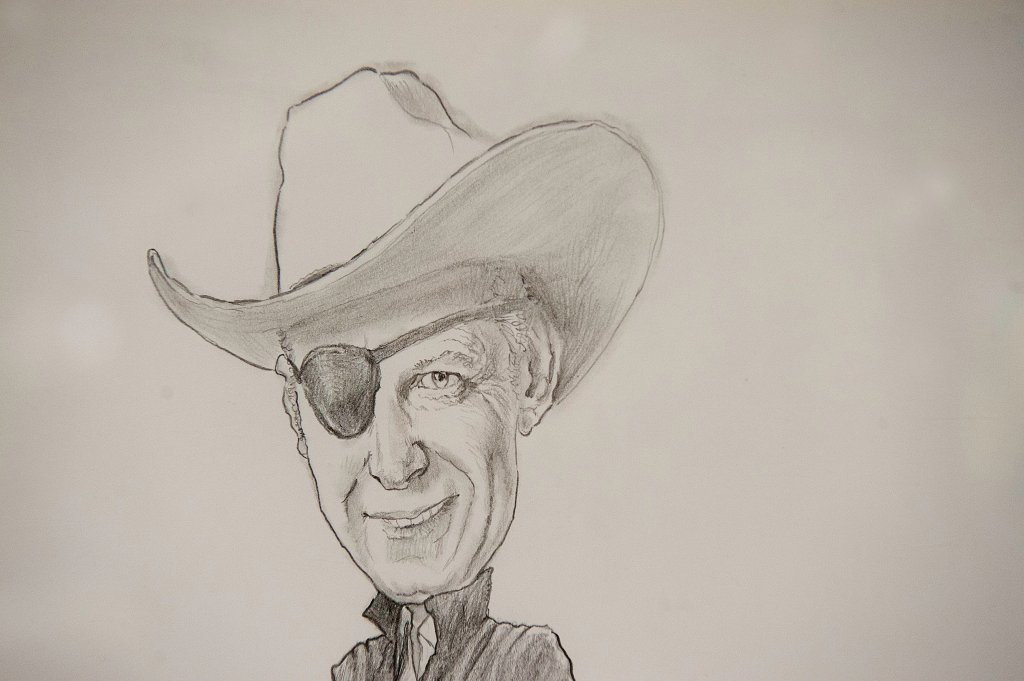

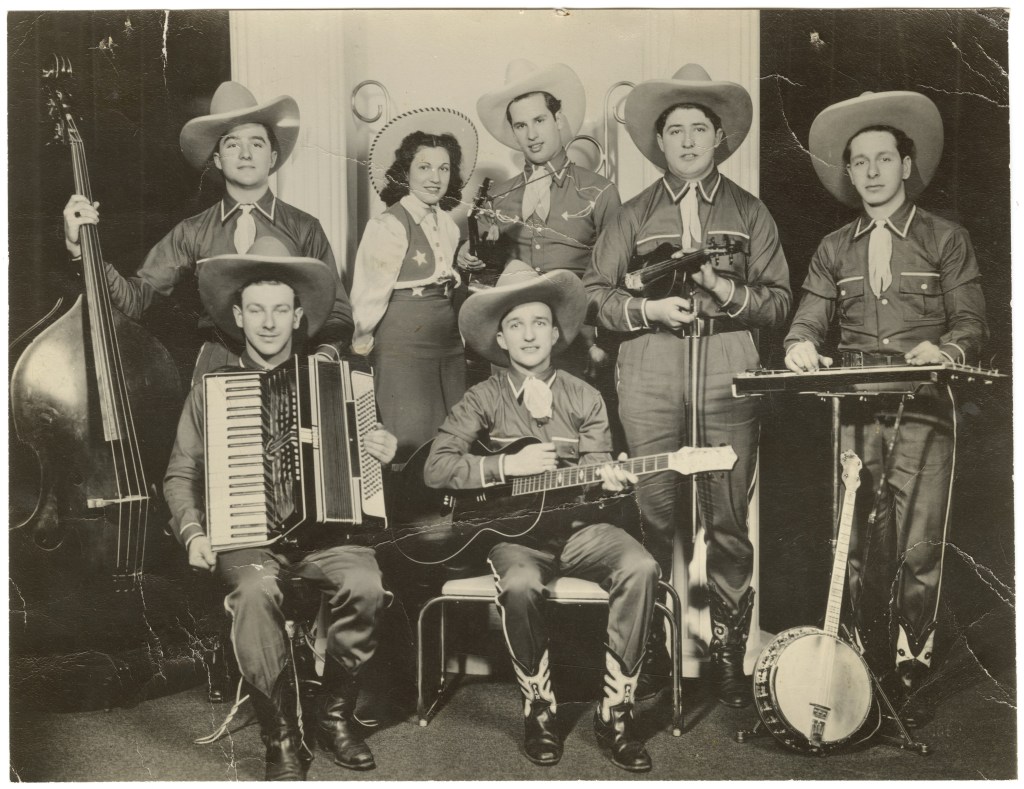

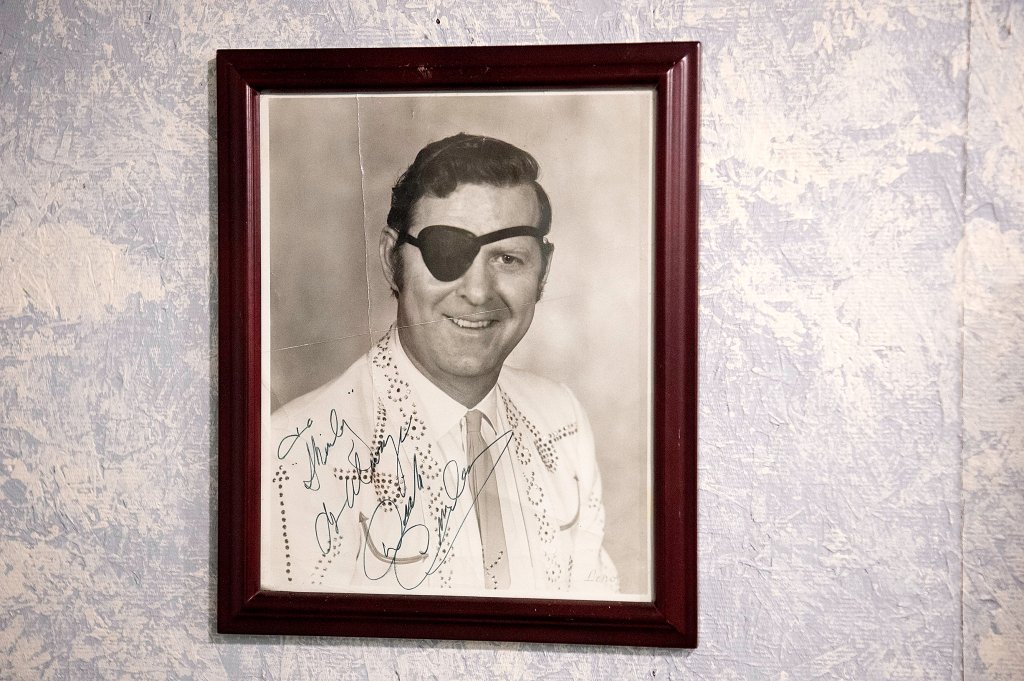

Success. Please wait for the page to reload. If the page does not reload within 5 seconds, please refresh the page.
Enter your email and password to access comments.
Hi, to comment on stories you must . This profile is in addition to your subscription and website login.
Already have a commenting profile? .
Invalid username/password.
Please check your email to confirm and complete your registration.
Only subscribers are eligible to post comments. Please subscribe or login first for digital access. Here’s why.
Use the form below to reset your password. When you've submitted your account email, we will send an email with a reset code.